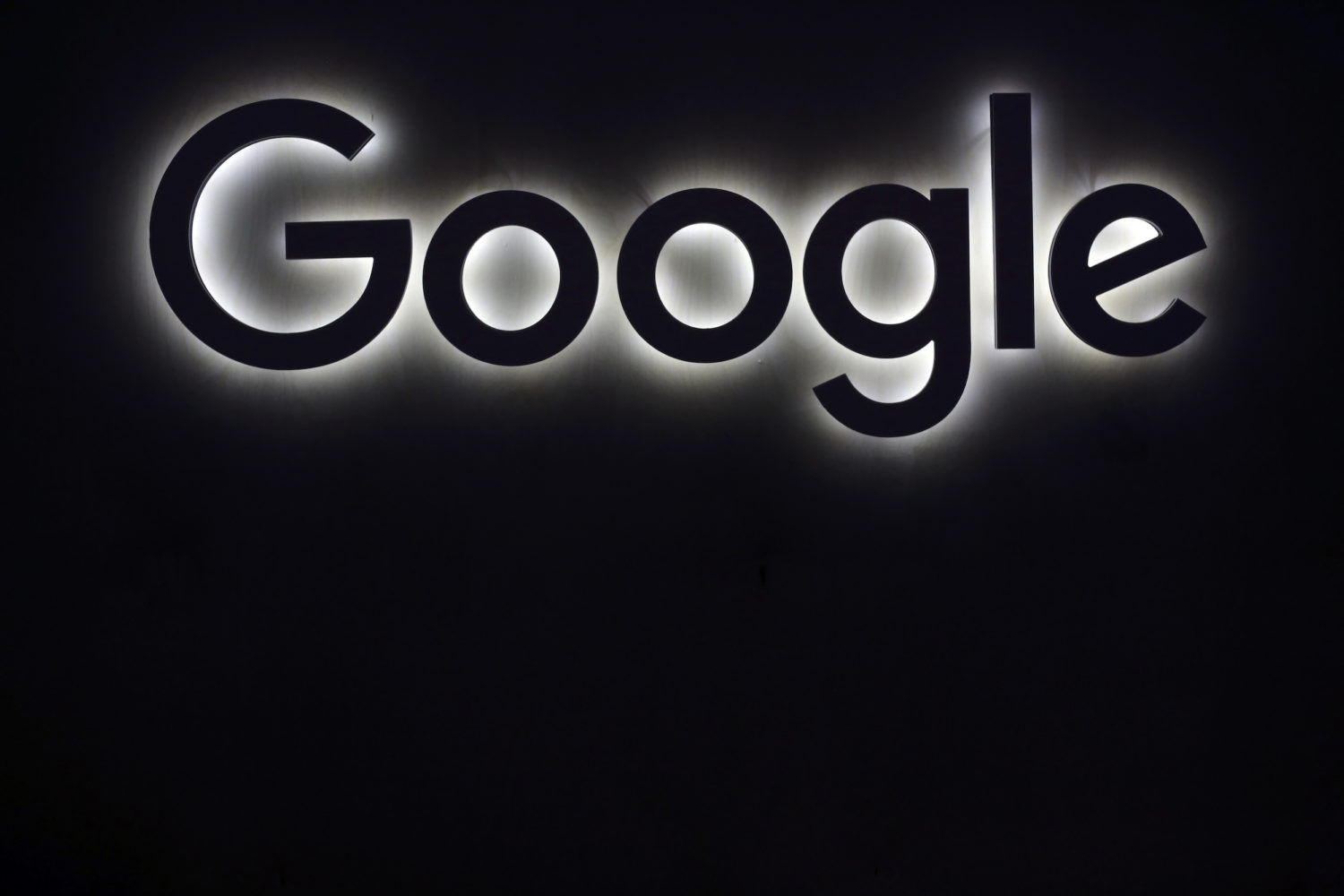Google has been in the innovation grant game for nearly eight years. While others practice a long-term “go-big-or-go-home” strategy, Google’s philanthropy has taken the opposite tack.
At first, the program went for big multi-year grants, Ludovic Blecher, who runs the Google Innovation Challenges from Paris, told me. “But we decided that might not be it. … Something funded for one year that could then be expanded … gets to both vision and execution … (and) leads to projects that are truly iterative.”
Google also learned to look for ideas that are both collaborative and replicable, Blecher said, so there is an industry impact, not just a lift to the recipient. And he has concluded that just completing an application, even one that isn’t funded, can broaden the thinking of news outlets stuck in the day-to-day.
A favorite among the 260 projects, Blecher said — so far funded at a total of $33 million, and one that models all those principles — is Crosstown LA at USC Annenberg. It created a family of 110 hyperlocal newsletters, drawn from a shared data set, sliced and diced by neighborhood and complemented by some overview reporting.
Gabriel Kahn, professor of journalism practice at USC’s Annenberg journalism school, explained the project to me as straightforward in concept but complex in the tech that supports the reporting. Kahn said that in his continuing focus on local news business models he had become aware that various agencies in metropolitan Los Angeles collected a ton of data — not just on crime, but other issues like traffic as well.
In aggregate, the data was a lightly tapped reporting resource. What’s more, it could be sorted geographically. That was a news/information source that had not even been explored.
He piloted neighborhood newsletters with a grant from the Annenberg Foundation (separate from the school) in 2018. Google News Initiative’s innovation challenge was a second-round funder three years later, offering a $279,000 grant that made possible a build-out of the tech and a 13-person reporting staff (nine of them students).
“The more local the data, the more relevant it will be to readers,” Kahn said. “It gives them information no one else has.” The aggregated data also can spark stories — for instance, a surprise finding that car thefts were up during the two years of the pandemic.
A typical newsletter might include a short issue overview and then some highly specific data points, describing whether the problem was getting better or worse and where a given neighborhood ranks. This one on graffiti is an example.

(Screenshot/Crosstown LA)
The format was clearly adaptable to other cities, and a third phase has expanded to NOLA.com and The Times-Picayune/New Orleans Advocate, and WRAL-TV in Raleigh. It has proven useful for dozens of stories on topics as diverse as untimely trash pickup, potholes, short-term rentals and dog bites.
A third expansion is in the works collaborating with The San Francisco Standard, a venture capital-funded digital startup.
In Los Angeles, Kahn counts marketing the free newsletters to potential subscribers — so far numbering just 3,000 — as unfinished business. But with clear appeal to neighborhood activists, the newsletters have a through-the-roof open rate of 80%.
The Innovation Challenge is part of the broader Google News Initiative — not a small portion either, accounting for roughly 10% of a $300 million commitment.
Blecher and his staff organize the work, which is international in scope, with periodic calls for proposals, sometimes tailored to regions or themed in content. The most recent of the 10 to date, launched this summer, is a Global News Equity Fund, targeted at underrepresented communities.
As you would expect, there is a wide range of projects. One is a membership program for The News Minute, a digital news site about South India of interest both to residents and those who are part of a diaspora who have relocated. Another helped The Post and Courier in Charleston, South Carolina, launch two paid newsletters. Google now offers a similar suite of tools free to any publication looking to launch newsletters.
Some of the projects draw on Google technology, but that’s not a requirement, Blecher said. Whatever an outlet develops, they own it outright.
How an American company with many American grant beneficiaries came to base its Innovation Challenge in Paris is a story in itself.
While barely 30, Blecher became the digital editor of the left-wing Libération (co-founded by Jean-Paul Sartre in 1943). During a Nieman Fellowship at Harvard in 2012-2013, Blecher said, he got “knee-deep in developing an innovation tool kit for small and medium-sized publishers.”
Google was under intense regulatory pressure from the European Union in 2015, so Blecher was a match to launch a program that would help publishers become more entrepreneurial.
It was in those early years that Blecher decided that big multi-year grants unintentionally postponed the creative reckoning with how to continue once the funding ran out.
Google decided in 2018 to expand what Blecher had developed globally and put him in charge.
Even a favorite program like Crosstown LA times out and needs to find other funding. Its expansions to the three other cities are being funded by a Meta/Facebook partnership with the Local Media Association.
An inevitable question about the philanthropy of the two platform giants is whether it aims to build goodwill with the otherwise hostile publishing community. (Poynter gets support from both, particularly for its fact-checking initiatives.) That is a timely issue as a legislative push to force the platform companies to negotiate payment for content moves into Senate committee consideration this week.
My own take: There is a goodwill-building agenda to the grant programs, but the scale of the pay-for-content debate is much bigger and likely to be slugged out instead by lobbyists and legal advisers.







